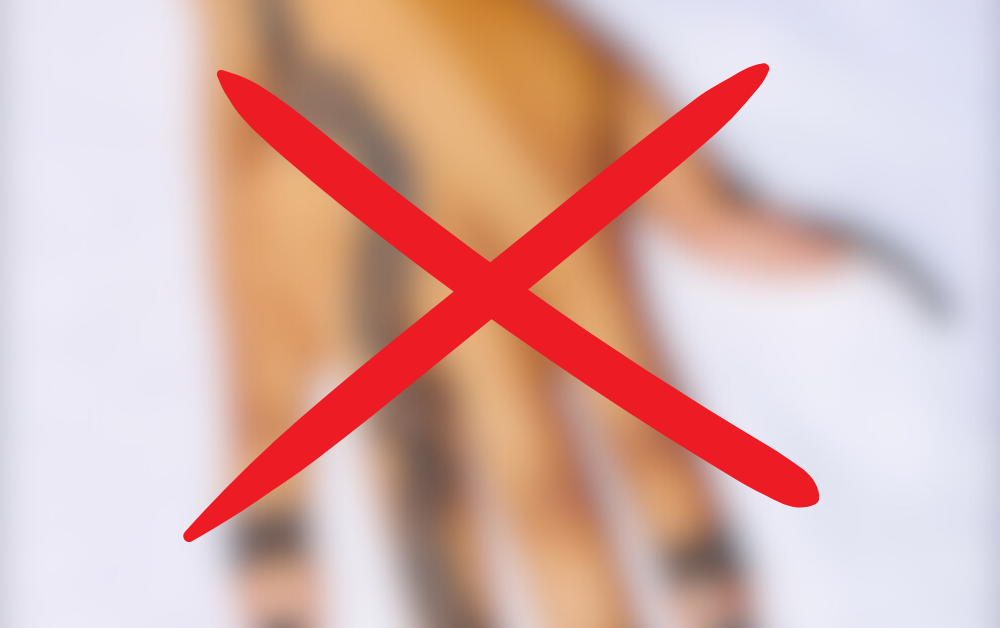An Important Editorial Correction
This article has been revised to correct a previous editorial oversight. While we may have featured tattoo designs in the past, this was a misstep that did not align with our platform’s core values. We are now reaffirming our principle that permanent body modification is a serious decision with physical, psychological, and spiritual consequences. For these reasons, we do not endorse or recommend getting tattoos. We thank you for your understanding as we ensure our content reflects our foundational principles.
The Appeal of the Temporary
The idea of a temporary tattoo is certainly appealing. It offers a way to experiment with body art without the lifelong commitment, the pain, or the health risks associated with permanent ink. From nostalgic childhood stickers to trendy metallic designs, they seem like harmless, fashionable fun.
But this is where a conscious choice becomes necessary. Not all “temporary body art” is designed equal. There is a world of difference between a factory-made sticker designed to imitate a permanent tattoo and a natural, traditional art form with deep cultural and spiritual roots. This article explores why choosing authentic, natural henna is a far more beautiful and spiritually sound choice.
The Problem with “Tattoo” Stickers: The Slippery Slope
While a sticker tattoo isn’t permanent, it still carries a subtle psychological risk.
- Normalizing the Aesthetic: These temporary tattoos are designed to look exactly like the real thing. By wearing them, one begins to normalize the appearance of permanent tattoos on their own body. You get used to the look, receive compliments, and the mental barrier to getting a permanent, regrettable tattoo is significantly lowered. It acts as a “test drive” for a practice that is best avoided altogether.
- The Issue of Imitation: From a spiritual perspective, there is a principle of avoiding the imitation of practices that are discouraged. If permanent tattoos are a matter of serious spiritual concern due to the alteration of God’s creation, why would one choose to wear a temporary imitation of it? It’s like playing with the idea of a mistake without fully committing—a step in the wrong direction.
A Better Way: The Timeless Beauty of Natural Henna (Kına)
For those who wish to adorn their bodies in a beautiful, temporary, and permissible way, there is a perfect tradition that has existed for centuries: natural henna.
- Natural and Safe: Real henna is a paste made from a plant (Lawsonia inermis). It is a natural dye that stains the top layer of the skin and fades naturally over a couple of weeks. It does not involve needles, permanent alteration, or the risk of toxic chemicals found in some sticker products. (Note: Always avoid “black henna,” which contains dangerous chemicals).
- Spiritually Sound: Natural henna is widely accepted within Islamic tradition as a permissible form of adornment for women. It does not permanently alter the body and, since it only stains the skin, it does not prevent water from reaching the skin during ablution (wudu).
- Authentic, Not an Imitation: Henna has its own unique, intricate, and beautiful aesthetic. It doesn’t try to look like a permanent tattoo; it celebrates its own rich artistic heritage. It is a symbol of celebration, joy, and femininity in many cultures.
- Embracing Natural Fading: Unlike a sticker that peels and looks degraded, henna fades gracefully, reminding us of the beautiful, transient nature of worldly adornment.
Conclusion: Choose Authenticity Over Imitation
The desire for self-expression and beauty is natural. However, the path we choose matters. While temporary sticker tattoos may seem like a harmless trend, they function as a gateway to normalizing a permanent practice and are, at their core, an imitation of something best avoided.
Natural henna offers a path that is more beautiful, more authentic, and spiritually sound. It allows for adornment without compromise, celebrating a rich tradition instead of mimicking a fleeting trend. When given the choice, always choose the path of authenticity.


